Our next item is referred to as the Name and address, or bottling statement. This required item can appear on either the front or back label and refers to the details about who either bottled or imported the wine. The TTB’s most specific and bare minimum requirements for it are three items; either the phrase “bottled by” or “imported by”, the company or trade name, and the city and state of the named winery which match the address on its TTB permit. So for example if you look at a label and it states, “Bottled by XYZ Winery, Somewhere, CA” this would be an example of the bare minimum requirements for this statement.
Now what more often happens with many wineries is they opt to use one of the TTB approved optional statements in addition to the bare minimums. Each of these approved statements of course has a specific definition behind it that the bottling winery must qualify for in order to use it on its label. One of these optional statements that is most commonly seen is “Produced”. In the eyes of the TTB this term is all about where the majority of a wine was fermented. In order to qualify to use this term a winery must have fermented at least 75% of a wine’s total blend at the winery address it is using on its label. So here for example a label that states “Produced and bottled by XYZ Winery, Somewhere, CA” means that XYZ Winery in Somewhere CA actually fermented at that same site at least 75% of the final blend that they also bottled at that site. What can throw wineries off here is when they own multiple winery sites and bring in product from another site to blend in with wines fermented at the bottling winery site which can then throw off their “produced” statistics below the 75% minimum even though they own and manage both of the winery sites. There are several other optional terms that wineries can use on their labels in the name and address statement such as cellared, vinted, blended and made. Each of these too have their qualification requirements.
Next item: Net contents
Recent Posts
If you aren’t in the winery compliance world, don’t write about it!
Nails on a chalkboard. Folks, there is already a lot of incomplete or flat-out wrong information shared about winery compliance. Let’s not add to it! Stay in your lane. If you’re not actually in the winery compliance world, please spare all of us who are, and do not...
Eight takeaways from the CalRecycle training webinar on CA CRV requirements.
I joined in with the group of around 500 other folks who showed up live to CalRecycle's informational webinar on what the CA CRV reporting will mean for wineries. A fun way to kill a couple of afternoon hours on a Friday afternoon! But seriously it was very...
